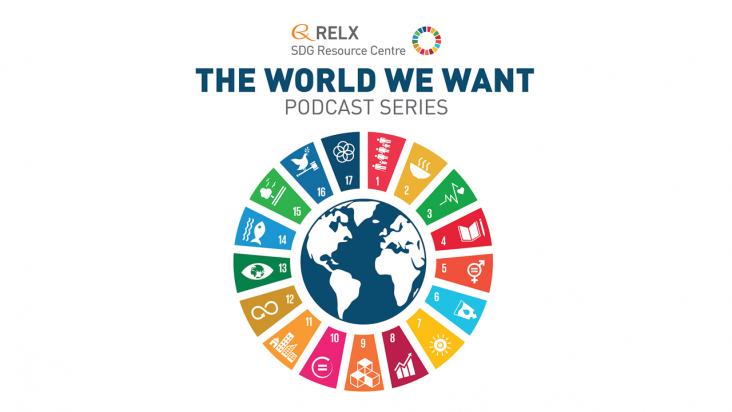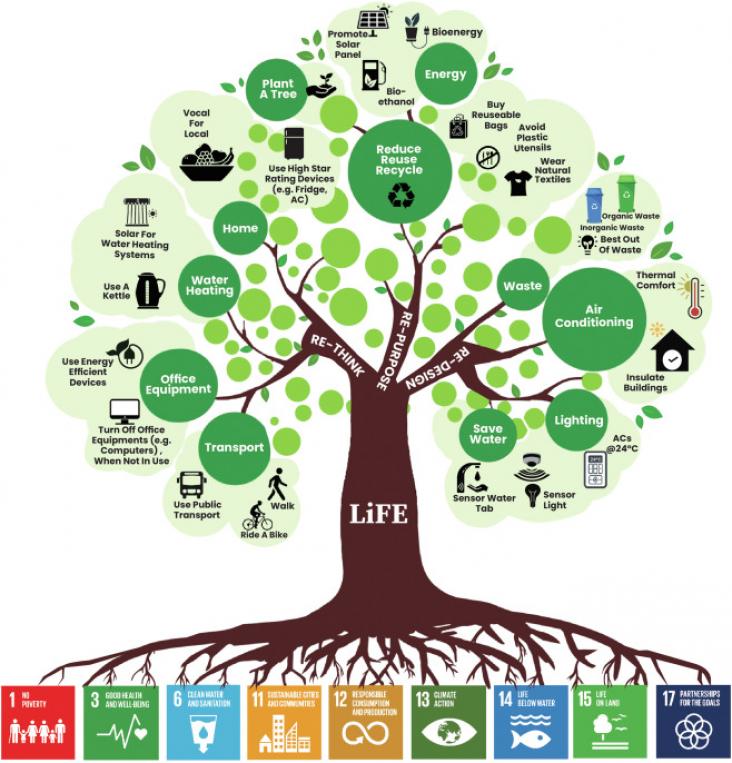This article advances SDG # 3, 4, 8, 10 and 13 by compiling evidence showing that climate change and its various consequences can adversely affect brain development in the fetal through the early childhood stages. Long-term consequences on health, education and economies are significant. T
This article advances SDG # 13 by identifying political economy "enabling conditions" of climate action and recommends a framework for assessing and measuring progress.
This article advances SDG # 13 through its Visual Earth (art feature) depicting the need to act now on Climate Change.
This article advances SDG # 13 by arguing that flaws with carbon offsets, such as exaggerated climate benefits, emission avoidance rather than carbon removal, non-durable carbon storage, greenwashing, and double-counting, ultimately make the current system incompatible with the Paris Agreement.
The data in this study highlights how important it is for future mental health policy and practice to incorporate support for those experiencing climate-related emotional distress and its mental health impacts.
This chapter advances UN SDG goal 7 and 13 by supporting clean, affordable energy for transition, focusing on affordability and impacts on energy transition and climate change.

"We're no acme or pinnacle of anything, we're just simply evolutionary steps," says this week's "World We Want" podcast guest, Dr. Gabriel Filippelli, of the human hubris surrounding climate change. In a long conversation, Márcia Balisciano and Dr. Filippeli, author of Climate Change and Life, touch upon the history of the world, both in terms of climate change and in the patterns of evolution and extinction, as well as what the presently changing climate means for human beings. Balancing pragmatism and optimism, this episode serves as a stark look at the reality of climate change and the will—political, environmental, and personal—needed to adapt.
This Comment supports SDGs 3 and 13 by highlighting the negative health impacts of climate change around the world and in Europe, and noting that populations most impacted by climate change tend to be the least responsible for contributing to it. The authors note that, like in the Global South, the most disadvantaged communities in Europe bear disproportionate burdens of negative health impacts of climate change, but that addressing this inequity is not currently an explicit goal of EU policies.

The short comment supports SDGs 12 and 13 and advocates the concept of LIFE that focusses on an individual's responsibility to utilise resources mindfully and contribute their share to saving the planet. This concept was introduced by the Indian government at COP 26

